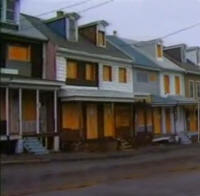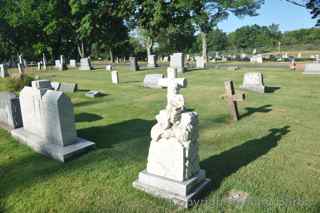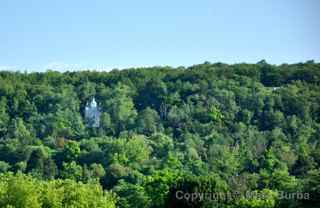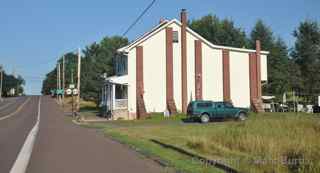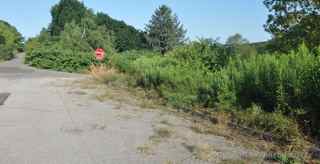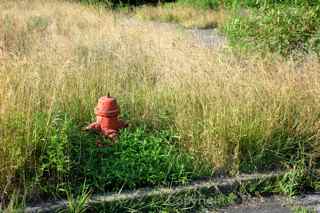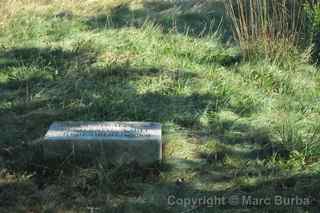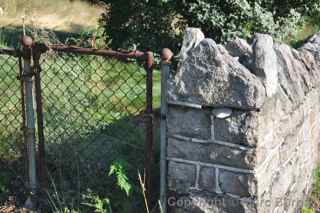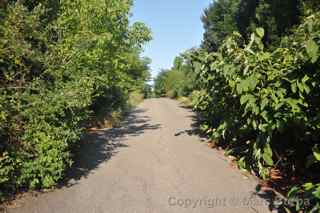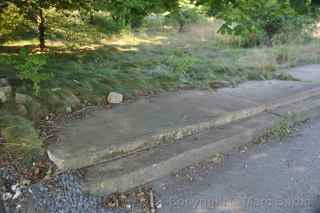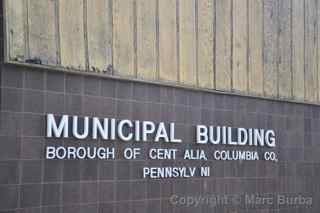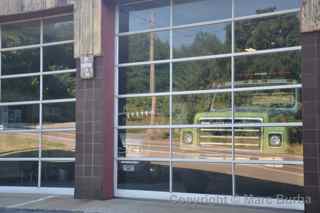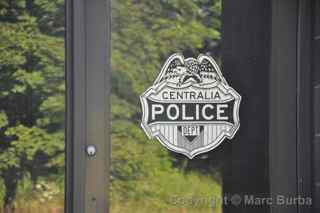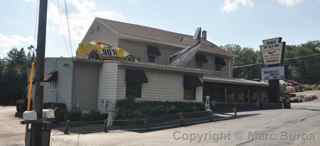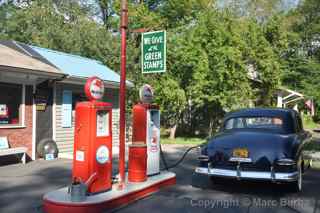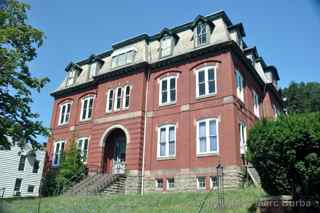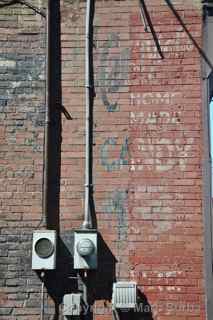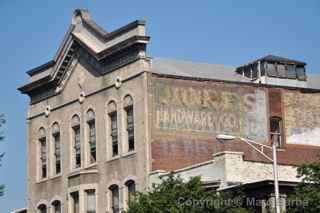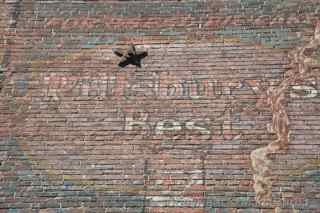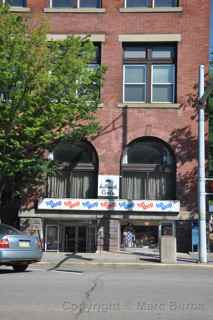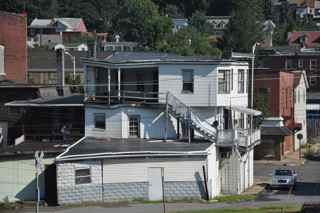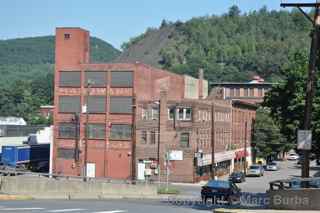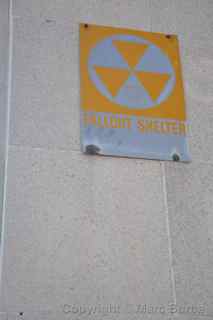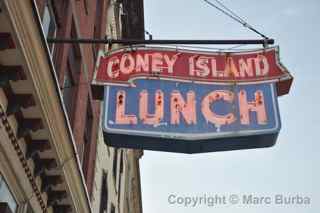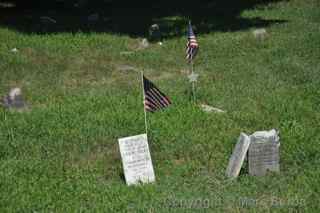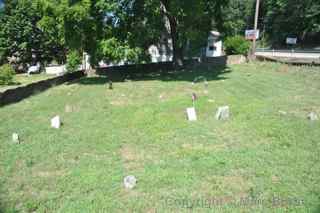The Pennsylvania coal region

 The photo above isn’t particularly compelling. Just trees, tall grass, and an old roadway. But picture houses and businesses along this street, and even railroad tracks in the median. That’s what was once here, in Centralia, Pa., until a fire started beneath the town.
The photo above isn’t particularly compelling. Just trees, tall grass, and an old roadway. But picture houses and businesses along this street, and even railroad tracks in the median. That’s what was once here, in Centralia, Pa., until a fire started beneath the town.
Since the 1980s, the population here has dropped from about 1,000 to about 10. Hundreds of buildings have been razed, leaving just a criss-cross of aging streets that front overgrown lots and block after block of crumbling sidewalks.
 The common belief is that burning trash ignited a coal vein near the town in 1962. The fire spread over the next two decades through coal seams beneath the town, eventually cracking the earth in some places to release steam and toxic gases. In the early 1980s the ground opened beneath a 12-year-old boy playing in a backyard. He survived, pulled to safety from the edge of the 150-foot-deep sinkhole. It was big news, and drew more attention to the dangers lurking beneath the homes.
The common belief is that burning trash ignited a coal vein near the town in 1962. The fire spread over the next two decades through coal seams beneath the town, eventually cracking the earth in some places to release steam and toxic gases. In the early 1980s the ground opened beneath a 12-year-old boy playing in a backyard. He survived, pulled to safety from the edge of the 150-foot-deep sinkhole. It was big news, and drew more attention to the dangers lurking beneath the homes.
The state government offered residents a buyout soon after and many decided to move. By the early 1990s, most people left in the $42 million relocation program. More than 500 buildings that had been abandoned were leveled. A few people still live here though, refusing to leave even though their properties have been condemned. Some of the remaining property owners have claimed that the state is forcing people out to gain mineral rights for the rich anthracite coal deposits beneath.
Visiting here today is surreal, because it’s even less than a ghost town — at least ghost towns have buildings. I stood in the middle of an intersection and looked in each direction at what little remains: stop signs, fire hydrants, steps, and sidewalks slowly being reclaimed by nature. A few streets just seem to vanish into dense brush. The only signs of life are an occasional field mouse or cottontail rabbit skipping along the asphalt, and the buzz of insects among the forgotten trees. A detour goes around the highway that once led into town. That road has cracked and buckled and sunk, with smoke and gases still rising from the ground.
A few miles away…
Centralia’s story mirrors that of a lot of other towns in the coal region: evaporating populations and abandoned buildings, with those left behind struggling to hold on. A story in the local newspaper, The News-Item, in July 2011 said that the borough of Mount Carmel — about 4 miles west of Centralia — has lost about two-thirds of its population since the 1940s when it ranked 570th in the nation with a population of 17,780. It was at 5,893 in 2010. In the area where I grew up, about 12 miles west of Centralia, the population has plummeted from about 50,000 in the first half of the 20th century to about 18,000 today, according to a local historian.
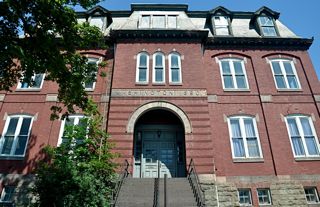 Landmark schools and churches that were once centerpieces in the community are now empty and for sale, assuming that they’re still standing. In Shamokin, the old Washington School, built in 1890, can be had for the bargain price of $35,000. It has stood while its contemporaries were closed and then torn down. I hope it can survive, though I’m not too confident. This is where I attended kindergarten. I was one of its last students.
Landmark schools and churches that were once centerpieces in the community are now empty and for sale, assuming that they’re still standing. In Shamokin, the old Washington School, built in 1890, can be had for the bargain price of $35,000. It has stood while its contemporaries were closed and then torn down. I hope it can survive, though I’m not too confident. This is where I attended kindergarten. I was one of its last students.
The same decline is happening in towns all across the country, but it’s still sad to see it consuming the place where I spent my childhood.
Today, the Chamber of Commerce slogan here could easily be “This Property is Condemned.”

